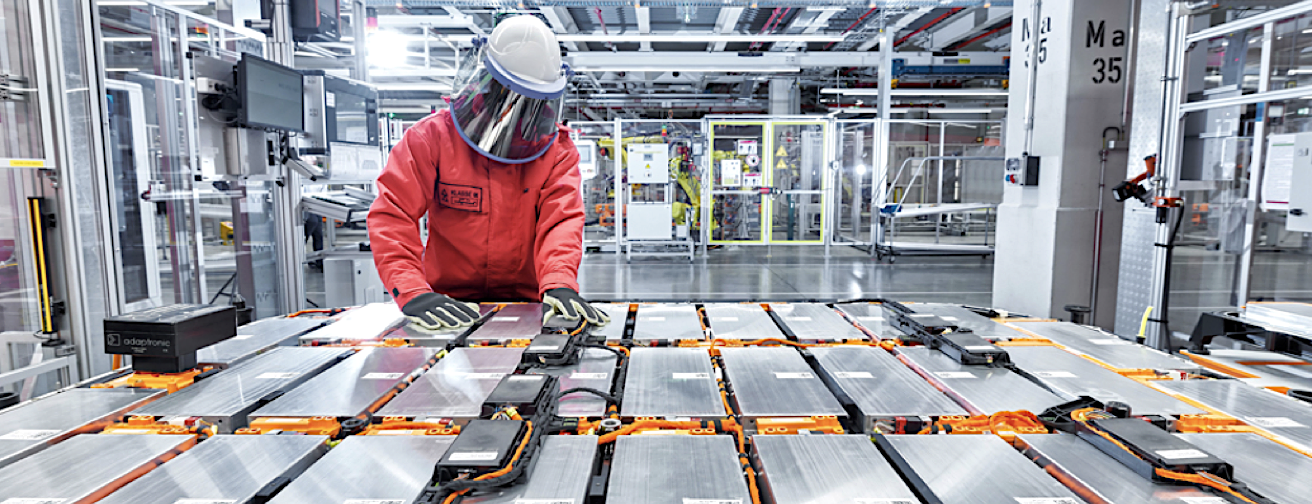In November, we attended the Piper Sandler Battery Summit. The event hosted 20 panelists in the battery world, from raw materials providers to cell manufacturers and downstream customers. Money managers are beginning to identify battery tech as a growth wave to ride. How to ride that wave will be the topic of our next Battery 101 note.
Here are the four key topics we gathered from the summit, along with our takeaways:
- The Inflation Reduction Act means business. As a recap, the bill allocates $369B in loans and tax credits toward clean energy efforts including support for US-based EV production, assembly of wind and solar components and the processing of critical minerals. The IRA is quickly leaving a positive effect on demand for products that require big batteries. This is a positive for solar integrators that are seeing increased attach rates for batteries which receive the 30% federal tax credit. On the EV side, continued demand for vehicles is driven by the increased tax credits.
Our takeaway: This is particularly a positive for Tesla given the company’s product lineup checks all three boxes — EV, solar, and battery.
- It’s going to take 5-10 years for the sourcing of metals to shift away from China toward the West. Locating and exploiting new sources of raw material in the ground, such as graphite, lithium, and nickel can take 5-10 years. The most significant pain point is graphite given the US has virtually no graphite output.
Our takeaway: It’s going to take a decade plus for the West to begin to diversify from China’s battery metals. This is a positive for companies who are working today to achieve that goal including Redwood Materials and Ascend Elements.
- New battery chemistries and architectures will take a decade plus to come to market, and that’s okay. Most of the next-generation battery conversation today revolves around the chemistry of the cathode and anodes.
Our takeaway: For greater energy density and fast charging, we believe the most promising technology is related to the silicon anode. We see these technologies making it into consumer electronics by the middle of the decade and supporting EV batteries by the end of the decade. For solid-state and dry electrode batteries to go mainstream, the timeline appears to be a decade or more away. It’s okay because supply for current battery chemistries should be enough to meet most of the demand for electrification over the next decade.
- Smaller manufactures are in a difficult spot. The one group that could be left in the cold are smaller manufacturers that don’t have enough volume to win battery contracts from the likes of CATL, LG and Panasonic. All of their supply will go to the bigger manufactures.
Our takeaway: Based on our conversations with people in the battery industry, auto OEMs are already working to secure battery supply for the next five years. Some of those OEMs are having difficulty making it happen. We see the days of EV startups as a thing of the past, and the smaller EV makers today may have trouble surviving because they can’t source essential parts to scale their business.
The EU is challenging the Inflation Reduction Act
Not discussed at the Piper Sandler Battery Summit—yet top of mind for Loup—is the pushback that the IRA is getting from EU member states. All 27 countries agreed in early November that the IRA could damage European companies and economies, along with similar concerns of South Korea. We believe that Germany is leading the charge to dilute the IRA. German cars account for about 10% of light vehicles sales in the US each year, and demand for those cars will face a headwind given the IRA incentives. Our view is that most of the support from other EU members is more about extending support to Germany and less about concerns of the true impact of the IRA.
